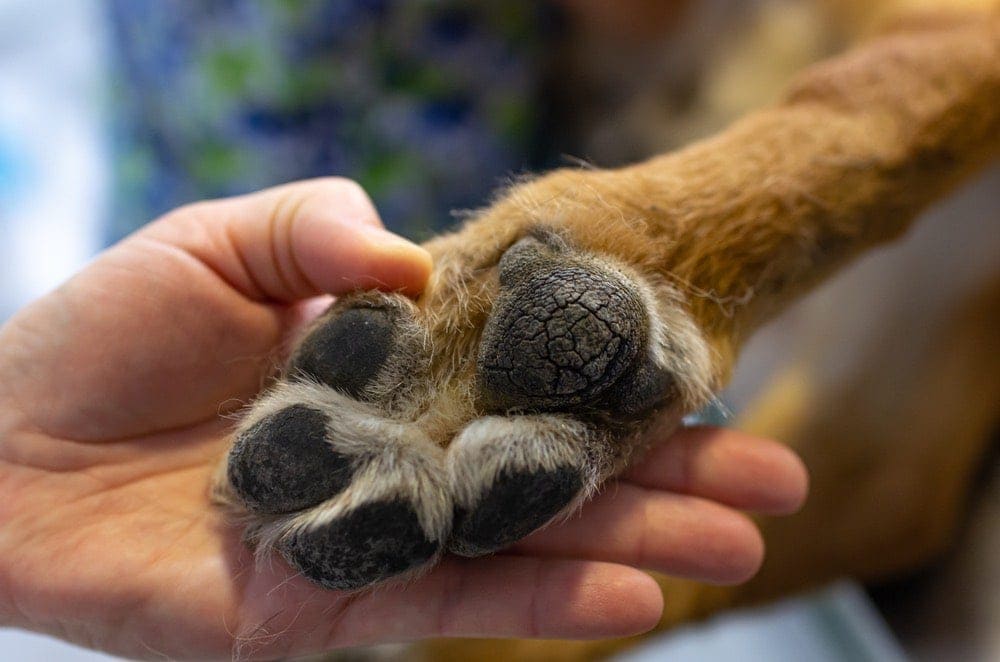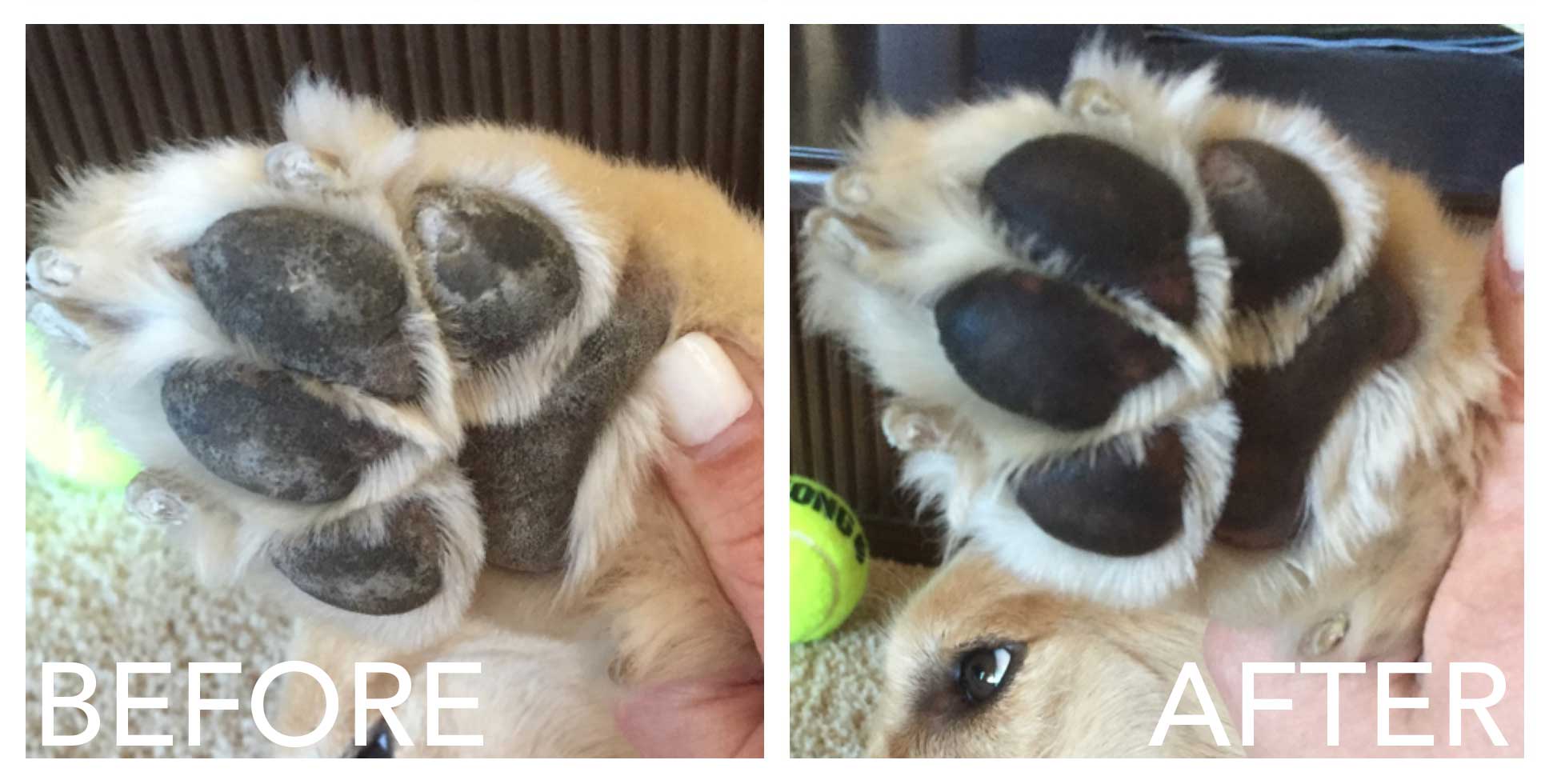Key Takeaways:
- Hot pavement can burn your dog's paws, causing pain and injury.
- Check the temperature of the pavement before taking your dog for a walk.
- If the pavement is too hot, consider walking your dog during cooler times of the day or on grassy areas.
- Protect your dog's paws by using paw wax or booties.
- Watch for signs of discomfort in your dog, such as limping or reluctance to walk, and seek veterinary care if necessary.
Are you a responsible pet owner who loves taking your furry friend for walks? If so, then this is a topic you won't want to miss! Have you ever wondered if the pavement is too hot for your dog's paws? Well, understanding the potential dangers of hot pavement is essential to keeping your four-legged companion safe and healthy. In this article, we will explore the impact of hot pavement on dogs and provide you with some valuable tips to ensure your walks are enjoyable and worry-free. So grab a cup of water for yourself and let's dive in!
Why is it important to consider pavement temperature when walking your dog?
When walking your dog, it's crucial to consider the temperature of the pavement they will be walking on. This is because hot pavement can cause serious burns and injuries to your dog's paws. Dogs' paw pads are sensitive and can easily get burned from the heat of the pavement. As a responsible pet owner, it's important to prioritize your dog's safety and well-being by taking precautions to prevent paw pad burns.
Reasons why considering pavement temperature is important:
- Dogs rely on their paws for walking and running, so any injury or discomfort in their paws can greatly affect their mobility and overall happiness.
- Paw pad burns can be extremely painful for dogs and may require veterinary treatment.
- Walking on hot pavement for an extended period can lead to dehydration and heat exhaustion in dogs.
How can you tell if the pavement is too hot for your dog's paws?
You can easily determine if the pavement is too hot for your dog by using a simple method called the "5-second rule." Place the back of your hand on the pavement surface for 5 seconds. If it feels uncomfortable or too hot for you, then it's definitely too hot for your dog's sensitive paws. Another way is to observe your dog's behavior during walks - if they are constantly lifting their paws or trying to avoid stepping on certain areas, it could be a sign that the pavement is too hot.
Signs that indicate your dog's paws may be getting burned from hot pavement:
- Limping or favoring one paw over another
- Paw pads appear red, swollen, or blistered
- Your dog is reluctant to walk or keeps stopping during the walk
- Your dog is excessively licking or chewing their paws
Alternative options for exercising your dog during hot weather
During hot weather when the pavement is too hot for your dog's paws, it's important to find alternative ways to exercise them. Here are some options:
- Walk your dog during cooler times of the day, such as early morning or late evening when the pavement has had time to cool down.
- Take your dog to a shaded park or grassy area where they can walk on cooler surfaces.
- Engage in indoor activities with your dog, such as playing fetch in a carpeted area or teaching them new tricks and commands.
- Consider using booties or paw protectors specifically designed for dogs to provide an extra layer of protection against hot pavement.
Steps to protect your dog's paws from burning on hot pavement:
- Avoid walking your dog on pavement during the hottest parts of the day.
- Stick to shaded areas or grassy surfaces whenever possible.
- If you must walk on pavement, test its temperature using the "5-second rule" mentioned earlier.
- If the pavement is too hot, consider using booties or paw protectors for added insulation and protection.
- Maintain proper hydration for your dog by bringing water along during walks and offering frequent breaks in shaded areas.
Can walking on hot pavement cause long-term damage to a dog's paws?
Walking on hot pavement occasionally may not cause long-term damage to a dog's paws, especially if immediate action is taken to cool and soothe the affected paws. However, repeated exposure to hot pavement without proper protection can lead to more severe injuries and long-term consequences. Prolonged contact with hot pavement can result in deep burns, tissue damage, and even infections.
To ensure the well-being of your furry friend, it's essential to take preventive measures and prioritize their safety by avoiding hot pavement whenever possible or providing adequate protection like booties or paw balms. Remember, a little extra care goes a long way in keeping your dog's paws healthy and happy.
Alternative options for exercising your dog during hot weather
Swimming
Swimming is a fantastic alternative exercise option for dogs during hot weather. Not only does it provide a great workout, but it also helps to keep your furry friend cool and refreshed. Whether you have access to a pool, lake, or even a kiddie pool in your backyard, swimming can be a fun and enjoyable activity for both you and your dog. Just make sure to supervise them at all times and provide them with a life jacket if needed.
Indoor games and puzzles
When the temperature rises outside, it's time to get creative with indoor games and puzzles to keep your dog mentally stimulated. Hide treats around the house or use interactive toys that require problem-solving skills. You can also set up obstacle courses using household items like chairs or blankets. These activities not only help burn off energy but also provide mental enrichment for your furry companion.
Remember:
- Always supervise your dog when swimming.
- Use pet-friendly toys and puzzles.
- Make sure the indoor environment is safe for play.
Steps to protect your dog's paws from burning on hot pavement
Walk during cooler times of the day
To protect your dog's paws from burning on hot pavement, it's important to schedule walks during cooler times of the day such as early morning or late evening when the ground is less heated. The asphalt can reach scorching temperatures that can cause severe burns on sensitive paw pads, so avoiding peak heat hours is crucial.
Use protective paw wax or booties
Another effective way to shield your dog's paws from hot pavement is by applying protective paw wax or using booties specifically designed for this purpose. Paw wax creates a barrier between their paws and the hot surface, while booties provide a physical barrier. Both options can help prevent burns and discomfort.
Remember:
- Walk during cooler times of the day.
- Apply protective paw wax or use booties.
- Check the pavement temperature with your hand before walking your dog.
Can walking on hot pavement cause long-term damage to a dog's paws?
Walking on hot pavement can indeed cause long-term damage to a dog's paws if precautions are not taken. The intense heat from the pavement can lead to burns, blisters, and even permanent damage to their paw pads. Over time, repeated exposure to hot surfaces can result in thickened or calloused paw pads that may become less sensitive.
It's important to prioritize your dog's safety by avoiding hot pavement whenever possible and taking preventive measures such as using protective paw wax or booties. Regularly inspecting their paws for any signs of damage or discomfort is also crucial in maintaining their paw health.
Signs of paw pad injury:
- Limping or reluctance to walk
- Redness, swelling, or blisters on the paws
- Excessive licking or chewing of the paws
Remember:
- Hot pavement can cause long-term damage.
- Use preventive measures like protective wax or booties.
- Monitor your dog's paws for any signs of injury.
In conclusion, it is important to remember that pavement can become extremely hot and cause discomfort or injury to your dog's paws. It is recommended to test the temperature with your hand before taking your dog for a walk and consider walking them on grassy areas instead.
Is it safe for dogs to walk on hot pavement?
A lot of dog owners enjoy taking their pets for walks in the summer to enjoy the nice weather, but they often overlook one crucial thing: hot pavement can and will burn a dog's paws. It may be tempting to bring your dog everywhere you go, but it can result in significant harm to your dog if you don't take precautions.
Is the pavement too hot for my dog right now?
A useful method for checking the safety of pavement for your dog is to use the "seven-second rule." Simply place the back of your hand on the pavement and if you can't keep it there for at least seven seconds, it means the surface is too hot for your dog.
How do I know if my concrete is too hot for dogs?
To make sure the ground is not too hot for your dog's paws, use the 7-second rule. Before going for a walk, press the back of your hand against the concrete or asphalt for 7 seconds. If it feels uncomfortably hot or causes a burning sensation, it means the surface is too hot for your dog.
Can you walk your dog in 90 degree weather?
If the ground is too hot for your hand, it is also too hot for your dog to walk on. Stella & Chewy advises that dogs are at risk of heat stroke when temperatures exceed 89 degrees.
How hot is the sidewalk at 80 degrees?
When the air temperature is in the high 70s, the temperature of the asphalt can reach up to 125 degrees Fahrenheit. If the outside temperature is between 80 and 90 degrees, the pavement can reach at least 140 degrees Fahrenheit.
How hot is pavement at 85 degrees?
It's important to be aware that asphalt can become extremely hot, reaching temperatures of 125 degrees on a 75 degree sunny day. If the outside temperature is 85 degrees, asphalt in direct sunlight can exceed 140 degrees. These high temperatures can easily cause burns on your dog's paw pads.

















